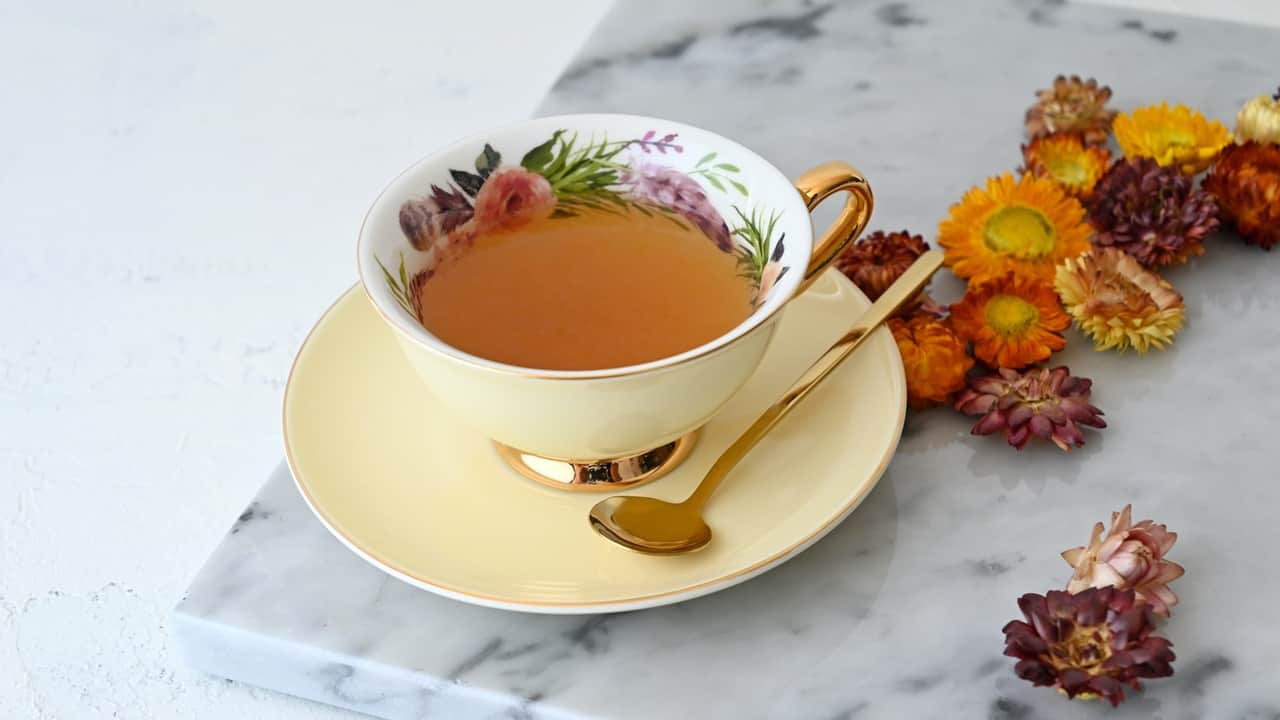Tea grading refers to the classification and categorization process that tea undergoes based on various factors, such as leaf size, quality, appearance, aroma, and taste. This essential procedure allows tea enthusiasts and sellers to differentiate between different types of teas and determine their overall quality and value.
1. Leaf Size
One of the primary factors considered during tea grading is the size of the tea leaves. This criterion categorizes teas into various grades, each representing a specific leaf size. Here is a breakdown of the most common tea leaf sizes:
- Whole Leaf: Unbroken, large leaves consisting of a bud and one or two adjacent leaves. Considered the highest grade.
- Broken Leaf: Leaves that are partially broken or fragmented during processing. This grade may contain fewer whole leaves but maintains good flavor.
- Fannings: Small broken tea leaves, often used in tea bags. They have a strong flavor and infuse quickly.
- Dust: The smallest grade consisting of finely ground leaves. Typically used in tea bags or instant tea mixes.
2. Quality and Appearance
Beyond leaf size, grading also considers the overall quality and appearance of the tea leaves. This helps assess its desirability and value. Factors that influence tea grading based on quality and appearance include:
- Color: The color of the tea leaves, which can range from vibrant green to dark brown or black, depending on the type and level of oxidation.
- Consistency: The uniformity of the tea leaf size, shape, and color within a specific grade.
- Twist: The degree to which the tea leaves are twisted. It can vary from tightly curled to more open and loose.
- Tips: The presence of young, delicate buds in the tea leaves. These buds are highly valued for their flavor and tenderness.
3. Aroma and Taste
A crucial aspect of tea grading involves evaluating the aroma and taste profile of the tea. While taste is subjective and varies among individuals, general guidelines are followed to classify teas based on their sensory characteristics. Here are some key factors considered:
- Fragrance: The aroma produced by the dry tea leaves. It can range from floral and fruity to earthy or malty, depending on the tea type.
- Flavor: The taste experienced when brewed. This can vary greatly, encompassing sweet, bitter, astringent, or even smoky notes.
- Strength: The intensity of the flavor and overall body of the brewed tea, influencing the level of stimulation it provides.
- Aftertaste: The lingering taste left in the mouth after consuming the tea, which can range from subtle to long-lasting.
4. Origin and Specialty Grades
In addition to the general grading criteria mentioned above, certain teas earn specialty grades based on their specific origin, cultivation methods, and unique attributes. Some examples include:
| Origin | Specialty Grade |
|---|---|
| Darjeeling, India | First Flush or Second Flush |
| Matcha, Japan | Ceremonial Grade or Culinary Grade |
| Oolong, Taiwan | Tung Ting or Da Hong Pao |
5. Certifications and Organic Grading
Certification bodies and regulatory organizations also play a role in tea grading, especially when it comes to organic teas. Additional grading criteria may include:
- Organic Certification: Indicates that the tea was produced using organic farming practices, free from synthetic pesticides and fertilizers.
- Fair Trade Certification: Ensures that tea workers were justly compensated and involved in ethical work conditions.
- Single Origin: Denotes teas that originate from a specific region or estate, showcasing their unique flavor profiles.
Grading in the tea world reflects the intricate art of discerning and appreciating the nuances between different teas. It allows consumers to make informed choices, discover their preferred flavors, and embark on a journey to explore the vast and diverse world of tea.

